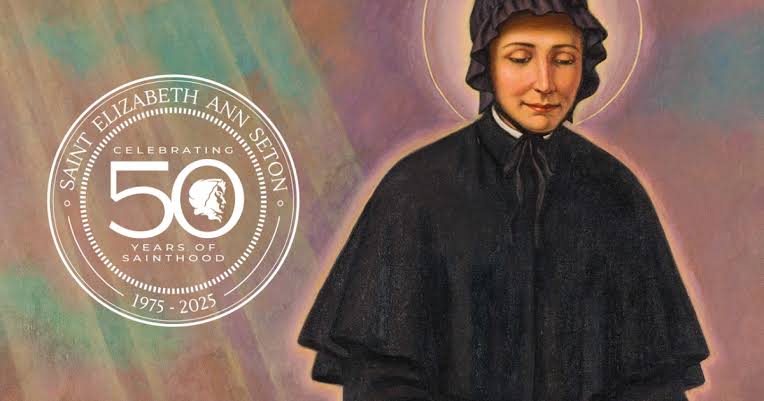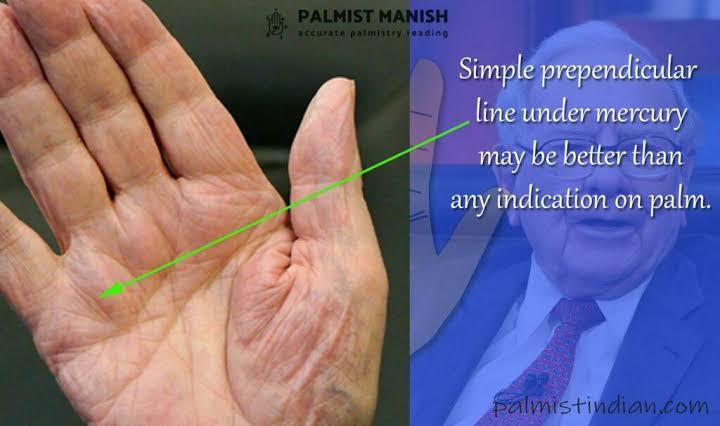
Intense Flat Track Motorcycle Racing Is More Popular Than Ever – And Features A Winning Woman Rider
Shayna Texter rounded the final corner of the Meadowlands Mile in 2018 locked in combat for the lead with fellow racer Kolby Carlile, their roaring motorcycles just inches apart, rear wheels sliding on the dirt track at close to triple digit speeds.
As they prepared for the sprint to the finish line and victory, the bikes came together and the impact briefly knocked Carlile’s bike out of gear. Texter grabbed a tiny lead due to the bobble and raced past the track marshall who was waving the checkered flag for the win.
Foul? Disqualification? Dirty racing?
Nope, that’s just how it goes sometimes in flat track motorcycle racing, an intense, dangerous and exciting form of motorcycle racing that traces its roots back over a century in America. It’s also known as dirt track racing.
Flat track racing has recently seen a big resurgence in popularity after sliding into the background as other higher-profile motorcycle racing events, such as MotoGP and World Superbike, hogged the spotlight. What has changed?
According to Progressive American Flat Track CEO Michael Lock,
Flat track is back and hugely popular again for several reasons:
The arrival of key high-profile sponsors, such as Mission Foods and primary sponsor Progressive insurance, and the daring of Texter, who has become the winningest rider in the series since she notched her first top podium finish in 2011 – the first win ever for a female rider. Since then, Texter, who comes from a family with a deep history of racing, has logged 19 victories – more than any other active rider – but is still working to capture an elusive season championship.
Texter is also sponsored by extreme sports juggernaut Red Bull
Which has brought even more bright light onto the sport
Lock told Forbes.com that flat track racing is also surging in popularity because the race format is a good fit for the modern attention-deficit-based viewing culture – and you can watch it most anywhere thanks to streaming from NBC.
The races are short, so spectators see several races in a single outing between the three classes of competition, and they are run in a small space (the longest track is a mile in circumference, the shortest a quarter of a mile or less), so people in the stands can see the entirety of the race action in person, instead of just seeing the riders whiz by on a corner or straightaway as is often the case on longer courses.
And it is dangerous stuff: Racers ride high-powered motorcycles on oval dirt tracks where they only turn left, but the competition is remarkably fierce and bike-to-bike contact is the norm. This is not the sanitized big-bucks racing of MotoGP, NASCAR or F1. Crashes can be ugly.








